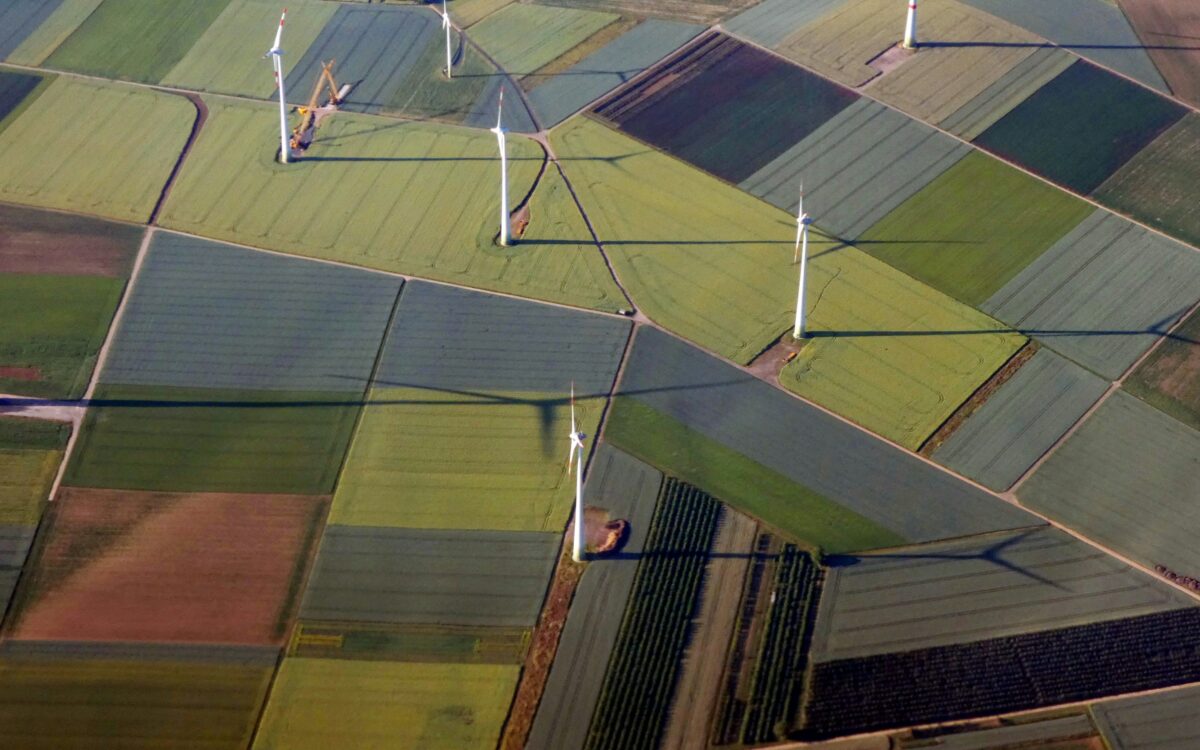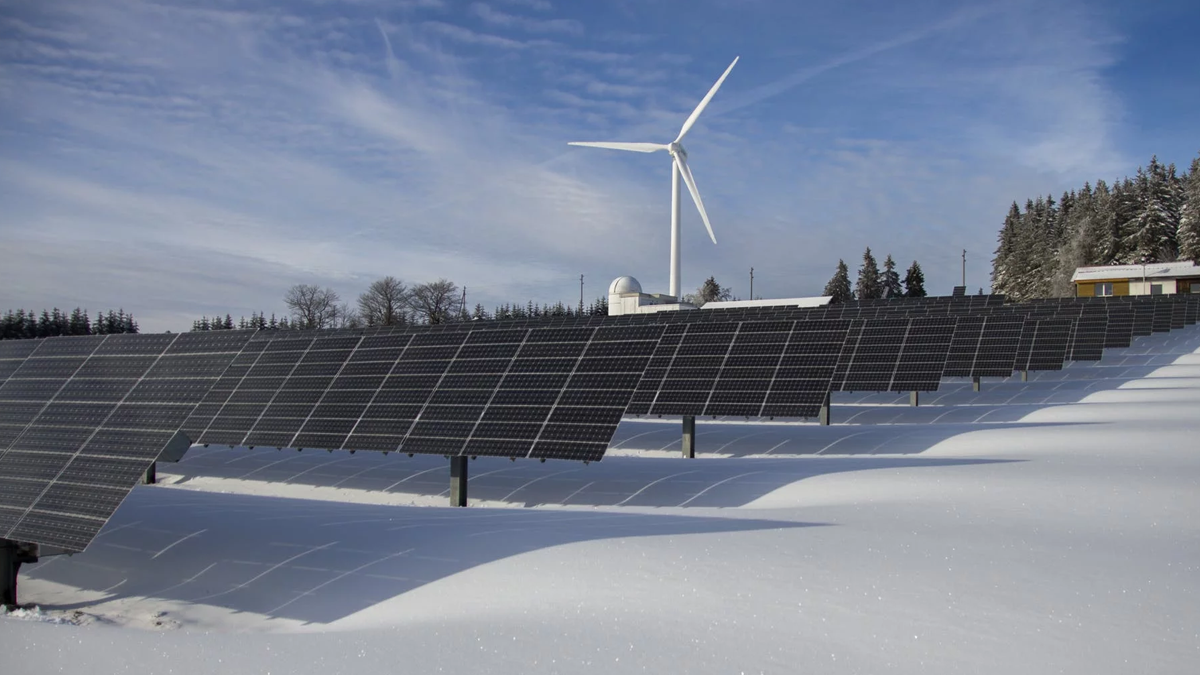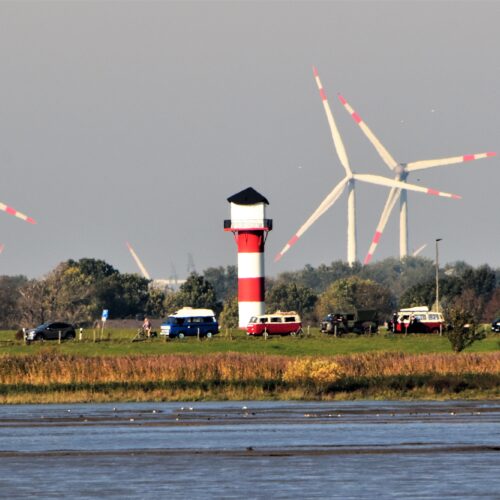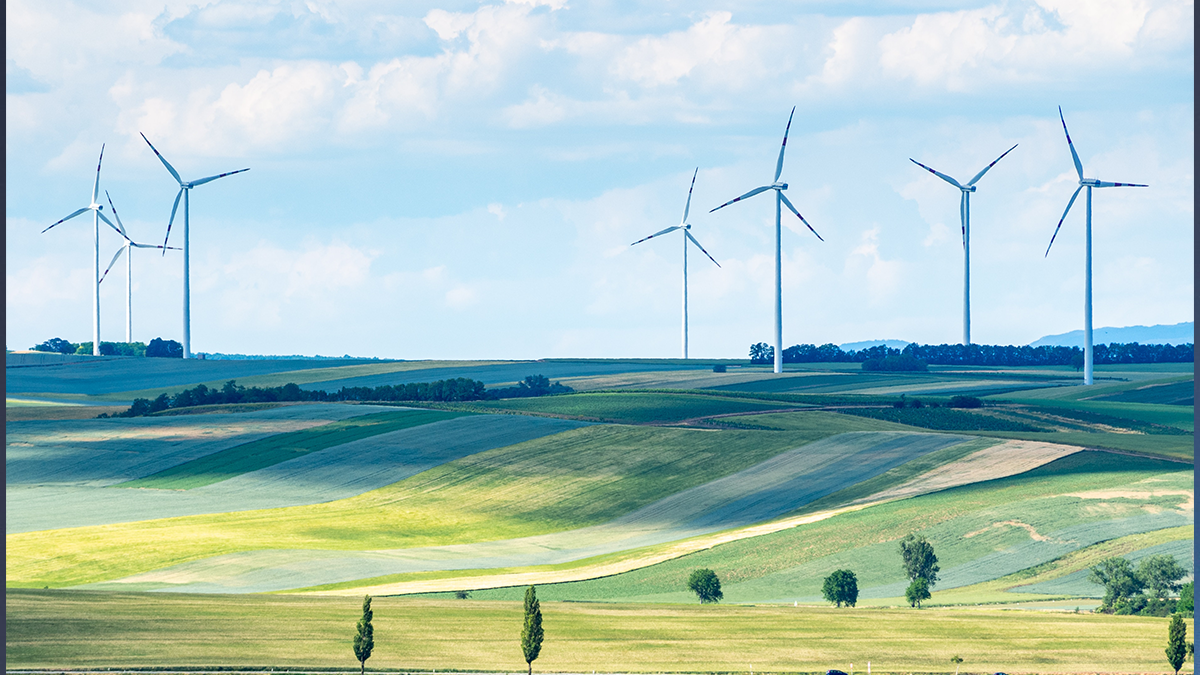Across landscapes and coastlines, wind turbines stand tall, harnessing the power of the wind to generate clean energy. But these modern giants are far from stagnant. Innovation is constantly whirling, shaping the future of turbines with exciting trends and bold predictions. Let’s explore the quantitative advancements propelling turbines towards a cleaner, more efficient tomorrow.
1. Gigantic Growth: Scaling Up for More Power
Turbine size is exploding. In 2020, the average offshore turbine capacity was 8.8 MW. By 2023, that figure jumped to 11.5 MW, a 31% increase! This trend is expected to continue, with predictions of 20+ MW turbines becoming commonplace by 2030. These behemoths can generate enough electricity to power thousands of homes, significantly increasing wind energy’s contribution to the global grid.
2. Material Marvels: Lighter, Stronger, Smarter
Composite materials like carbon fiber are revolutionizing turbine blades. These ultralight wonders are 80% lighter than steel, allowing for longer blades that capture more wind. The Global Wind Energy Council estimates that a 10% increase in blade length translates to a 6% boost in energy production. Additionally, advancements in self-healing composites promise to reduce maintenance costs and downtime.
3. Conquering New Frontiers: Floating Turbines Take the Plunge
Land constraints are no longer a barrier. Floating turbines are venturing offshore, harnessing stronger, steadier winds in deeper waters. The International Energy Agency predicts floating wind capacity to reach 250 GW by 2050, equivalent to powering over 200 million homes! This opens up vast new energy sources, particularly in regions with limited landmass.
4. AI Ascendant: Smart Turbines for Peak Performance
Artificial intelligence is weaving its magic into turbine operation. AI-powered control systems continuously analyze wind patterns and optimize blade pitch, maximizing energy capture. Predictive maintenance algorithms identify potential issues before they arise, preventing costly breakdowns and ensuring peak performance.
5. Vertical Ambition: A Different Spin on Wind Power
While horizontal-axis wind turbines (HAWTs) dominate the landscape, vertical axis wind turbines (VAWTs) are gaining traction. Their omnidirectional design captures wind from any direction, making them ideal for turbulent or unpredictable wind regimes. With advancements in materials and aerodynamics, VAWTs are poised to play a significant role in diversifying the wind energy portfolio.
The Numbers Tell the Story: Quantifying the Impact
- The global wind turbine market is expected to reach $116.8 billion by 2028, growing at a CAGR of 8.2%.
- Wind energy is projected to supply 27% of global electricity demand by 2050, avoiding 1.7 gigatons of CO2 emissions annually.
- Investments in floating wind farms are set to reach $33 billion between 2021 and 2030.
The Future is Bright: A Sustainable Horizon beckons
Turbines are not just getting bigger, they’re getting smarter, stronger, and more adaptable. These advancements promise a future where wind energy plays an even more significant role in powering our planet, contributing to a cleaner, more sustainable tomorrow. As technology continues to spin, the future of turbines looks bright, with exciting possibilities on the horizon.




